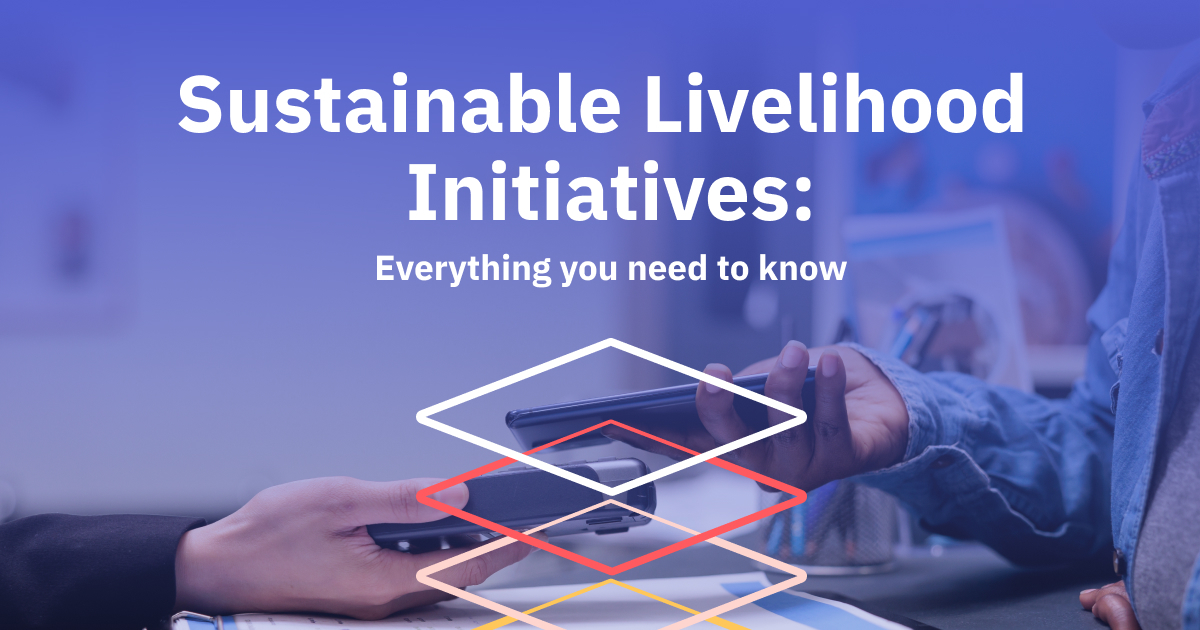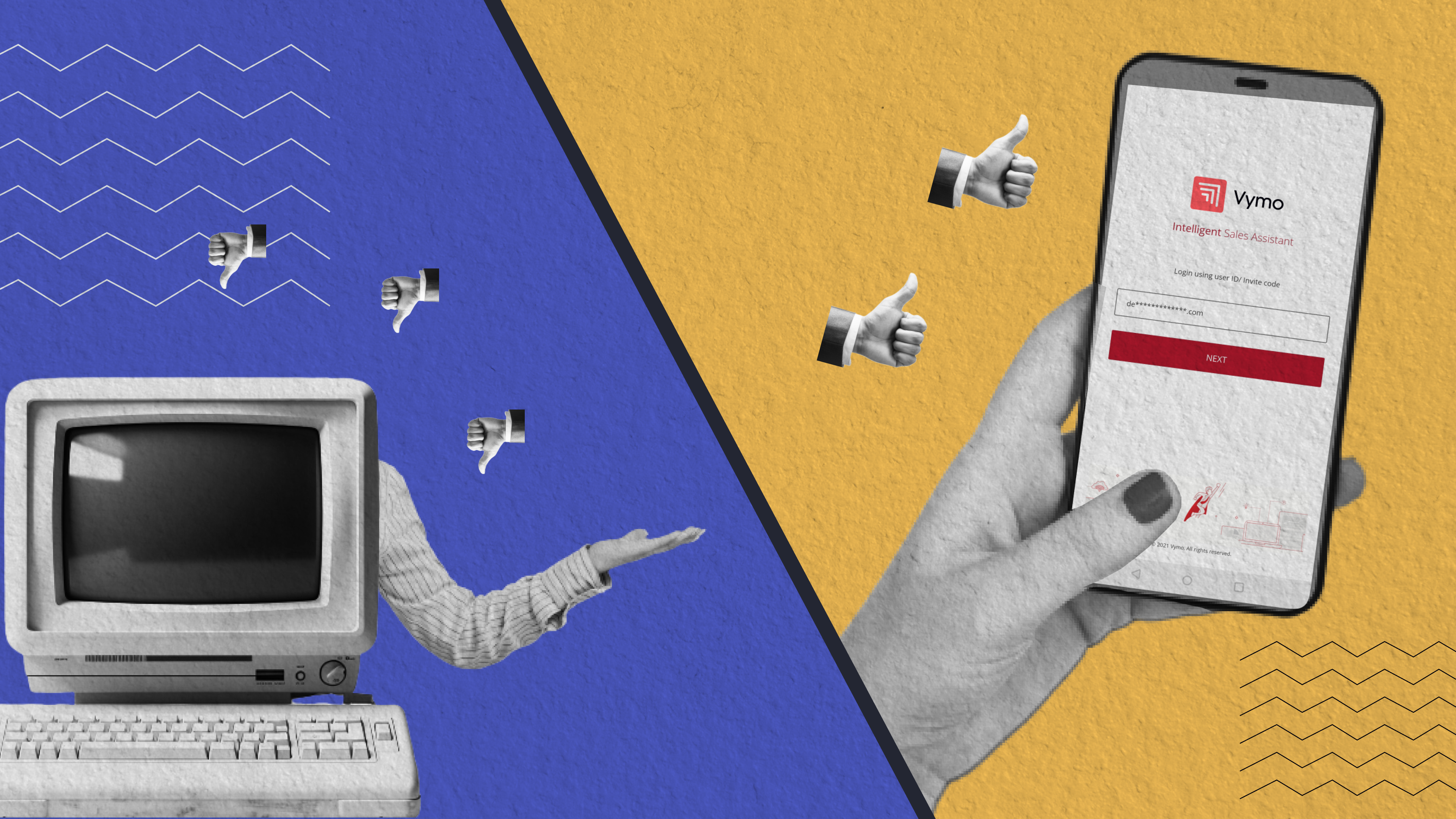Only 3 out of 10 are employed in Rural India! Sustainable Livelihood Initiatives by banks are striving to increase this number through micro-loans, skill development programs, financial education, and customized value-added services.
Leading private-sector banks like HDFC Bank extend their microfinance wings to 1.5 lakh remote villages in 550 districts to support the impoverished. Their Executive Vice-President, Mr. Venkatesh, says, “Microfinance business is not only about making money. It is more about bringing smiles to people at the bottom of the pyramid.”
As the industry aims to drive the current ₹3 lakh crore loan portfolio to ₹17 lakh crore by 2026, banks focus more on women customers due to their healthy saving habits and timely repayments. Their goal is to empower women so that they can pursue livestock rearing, handicrafts, tailoring, artificial jewelry designing, grocery businesses, and more.
But meeting the sustainable livelihood objectives is quite challenging.
- Rural India has around 73.5% literacy and huge linguistic diversity. This makes financial conversations difficult with only a 50% chance of deal closure.
- Post-Covid, almost two-thirds of the rural households drowned in debt. Thus, collection efficiency dropped to 90-95% from 99% pre-Covid levels.
- Additionally, banks struggle with team coordination, activity measurement, in-the-moment strategy-making, and lead conversion for remote workforces. This reduces client retention to 28% and increases sales rep attrition to 60%.
That’s why front-line banks and MFIs have transformed their manual sales processes to on-the-go mobile-first platforms. Because end-to-end digitization is the key to better team management and accelerating the sales pipeline by 3X.
How do banks leverage digitization to facilitate SLI?
The digital sales journey of SLI moves through three phases that aim to measure productivity, nudge prescriptive sales, and analyze customer behavior to close more deals.
Phase 1: Visibility and Engagement

Initially, banks lack the vision of what they can achieve from a market-leading sales acceleration platform. They focus more on setting daily and monthly sales goals, shifting manual interactions to app-based communications, and gaining visibility into sales activities.
A banking sales solution helps identify the quantum of loans, the number of disbursements, and the value of loans the bank should cover. Sales managers gain real-time vigilance to all key metrics of their teams, aggregates, and individual sales reps. They can track rep performance, prioritize activities, set campaign objectives, and engage with their field agents through calls and meetings.
Phase 2: Activity optimization

Leading banks receive leads from business correspondents, NGOs, lead generators, and enterprises. With manual processes, they lack mechanisms for absorbing such potential leads and acting on them. With banking CRM software, they can easily integrate customer acquisition, system onboarding, lead nurturing, relationship management, and timely collections.
They offer E-KYC and E-Sign facilities that eliminate ring leaders, dummy customers, and fraudulent borrowers. Managers can also nudge customers for repayments 7 days before collection due dates. Such a sales engagement platform for banks ensures a 2X increase in customer sourcing, a 7X decrease in TAT, and a 25% increase in conversion rates.
Phase 3: Coaching interventions

Lead nurturing differs for customers residing in different geographies and involved in various activities. Field agents and credit officers thus have to undergo ongoing training to identify risks and opportunities and engage with clients in their local dialect.
At the ultimate phase of digitization, banks utilize insurance sales CRM to analyze customer activities, view sales pipelines, and predict the probability of closures. Managers get a unified single-page dashboard to track planned versus completed tasks, allocate activities to sales reps, and measure KPIs with team goals and performances. They can provide one-on-one guidance to sales reps, learn from the best rep behavior, identify hurdles in sales conversations, and reduce lead dropping by as much as 54%.
How will the role of tech stacks evolve in the next 5 years?
As SLI aims to promote self-reliance in two-thirds of India’s employable population, sales acceleration software for banks will simplify lead aggregation with automated credential verification, social media integration, and accurate forecasting of repayment probabilities.
While about 4 lakh village-level entrepreneurs (VLEs) experience poor customer service, leading insurance CRM software offers an end-to-end view of customer journeys, addressing customer queries and grievances. They utilize alternative algorithms for credit scoring and underwriting and reduce loan disbursement times by 64%. Sales managers can differentiate customer segments based on data collected, educate clients with debt management capabilities, and nudge sales reps for frequent visits and follow-ups. They can enhance loan recovery rates with pre-collection nudges and optimized offline collection methods.
India’s top-tier private financial institutions have adopted the best banking CRM software in the market to increase total deal closures by 35X in 6 months, input effort productivity by 2.5X in 5 months, and the total amount collected by 42X in 7 months.
In years to come, such integrated all-digital sales solutions will witness increased adoption by sales teams and streamline SLI approaches with greater customer engagement and holistic financial services.




